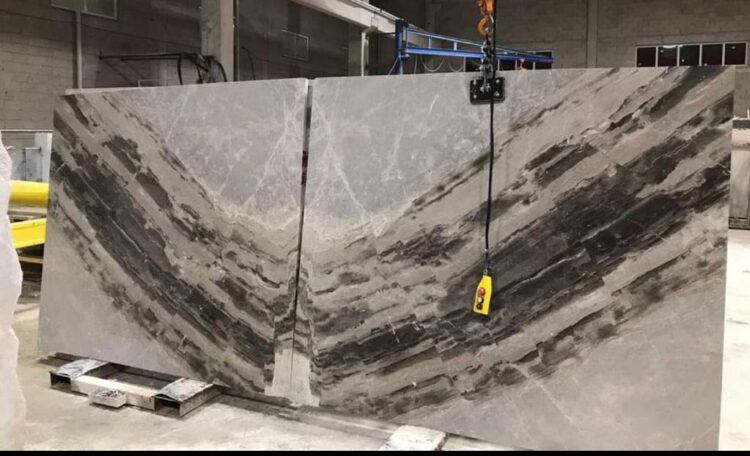“I am in love with my profession and my art. I will continue to do my best for the continuation of this art.” Alper Demiryuğuran.
Could you briefly tell our readers about yourself and your professional background?
I was born in 1972 in Beşiktaş district of Istanbul. In 1986, I met the miniature art by apprenticing at Bağlarbaşı Faculty of Theology Mosque. My interest in the profession has never waned since then and I have been doing this profession with love for 38 years.
How did you become interested in the miniature art? How did you get into this field?
In 1986, when I was only 14 years old, I met Adnan İrteş, a friend of my father. I started to work as an apprentice under my master at Bağlarbaşı Faculty of Theology Mosque. I learned the intricacies of the miniature art from my master.
What are the elements that distinguish the miniature art from other branches of art?
Every art has its own style and beauty. When we became acquainted with the miniature art, we realized that imagining and creating huge black plaster or white plaster domes made us happy. Of course, we respect all arts and artists.
Can you tell us about your personal style and the special techniques you often use in your work?
My personal style is based on doing it with loyalty and love, and keeping it serious. These elements are very important to me. As for special techniques, I try to apply the techniques we learned from our masters. In particular, I have been practicing what I learned from my teacher Semih İrteş for 38 years. I also continue to work alongside my master.
What kind of projects do you work on? For example, what kind of patterns and motifs do you work on marble?
We apply gold leaf on rumi motifs on marble, mihrab, mimbar, mukarnas, calligraphy and preacher lecterns. The combination of gold and marble creates a magnificent work. We wish health to our marble masters.
What would be your suggestions for young nakkas or miniature artists who want to advance in your artistic career or work?
My advice to young Naqqash and miniature artists is that in order to be successful in the art of Miniature Art, one must have important values such as patience, love and respect. Patience means not only having patience with the profession, but also with the expatriate life and difficult working conditions. Love means not only loving the work, but also loving the masters and apprenticeship. Respect means not only respecting one’s own profession, but also respecting other professions. They should also strive to keep our traditional arts alive and pass them on to future generations.
Which are your favorite projects? Can you share the names and characteristics of these projects?
All our projects are valuable and carefully prepared. It would be unfair to separate them from each other. They were all done under very difficult conditions.





















 +90 532 585 51 95
+90 532 585 51 95 +90 532 585 51 95
+90 532 585 51 95